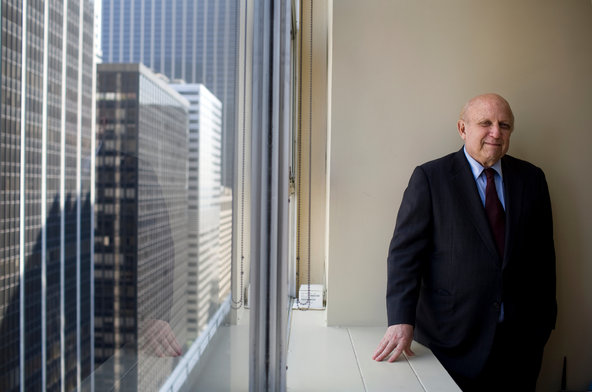But last month, a three-judge panel of a federal appellate court ruled that Comcast had not discriminated against Tennis Channel by giving it far less distribution than Golf Channel and NBC Sports Network, and was not obliged to expand its availability.
Solomon was in Paris for the French Open when the decision was handed down. Hours later, frustrated at the dramatic reversal in the case, he sent his staff an angry, meandering e-mail that was punctuated with the language of sexual assault.
Solomon likened the judges’ decision — and, apparently the difficulty of dealing with Comcast — to “being raped by a brutal captor, finally winning in a long and painful public court trial,” and, “on appeal years later from a pre-decided Mad Hatter of a court asking you, the victim, to produce video to prove that it ever happened.” The e-mail was published by Deadspin.
The ruling, Solomon wrote, was “a travesty of justice, wholly wrong and unfair, and just plain hard to believe.”
His vituperative response went far beyond the polite statement issued by the channel, which expressed respectful disagreement.
Solomon has raised millions of dollars for President Obama’s presidential campaigns as one of his top bundlers of contributions and has reportedly been considered for an ambassadorship. He was not available for an interview on Wednesday.
In a statement, he said: “I regret several ill-chosen, excessively colorful and inappropriate words in a private e-mail to colleagues a few weeks ago reflecting my disappointment with a legal decision. The e-mail dealt with an issue that we are obviously passionate about, but the words do not accurately reflect my thoughts about the case or those involved, and I am very sorry that I used them.”
Vince Wladika, a consultant to Tennis Channel, said: “It was a brain meltdown that occurred late at night in Paris. Maybe a little too much red wine. This is nothing that ever reflects what Ken Solomon stands for, and I’m sure he is beyond embarrassed about it.”
Solomon’s optimism about the case had been fueled by Tennis Channel’s successful advancement of the discrimination argument at various levels of the Federal Communications Commission. By a 3-2 vote, the commissioners had ruled for the network.
But last month, Comcast got the ruling it wanted from the United States Court of Appeals for the D.C. Circuit, which stayed the F.C.C.’s decision.
In his e-mail, Solomon wrote that “three Lone Ranger judges walked in the court with a mission … looking for one thing, to teach the FCC a lesson.” And, he wrote, “Tonto-Comcast, who spends more than Exxon and Boeing in DC on lobbyists and God knows what else. They bought this unholy decision, one way or another.”
A Comcast spokeswoman was not immediately available for comment.
The importance of getting broad distribution on Comcast is important to Tennis Channel, as it is for most networks. With more subscribers, a network reaps more monthly fees and can generate more advertising revenue. Golf Channel and NBC Sports Network are available to more than 20 million Comcast customers; Tennis Channel is available to the few million who pay extra for a sports tier. Tennis Channel, with 35 million subscribers, is owned by a group of investors that includes private equity firms, the United States Tennis Association and the former players Pete Sampras and Andre Agassi.

Article source: http://www.nytimes.com/2013/06/13/sports/tennis/tennis-channel-executive-rants-after-losing-a-court-ruling.html?partner=rss&emc=rss


